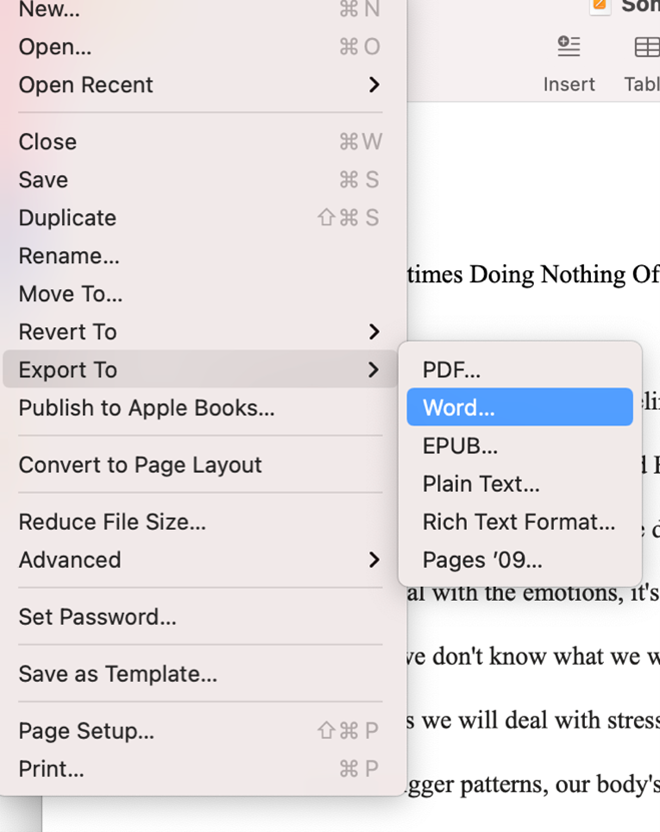
For the past two years, I have had the pleasure of serving as the final copyeditor of the 9th and 10th editions of The Guilded Pen. If you are planning to submit a piece to the 11th annual Guilded Pen anthology, be sure to carefully read the requirements, stated below for your easy reference:
- The submission must address this year’s theme of New Beginnings. Remember, a theme is the meaning of the story. (Please read the blog post regarding writing to themes for some helpful tips.) There will be no exceptions.
- Up to 3 submissions may be entered; however, the aggregate word count may not exceed 3500 in total;
- Submissions must be:
- Double-spaced,
- Times New Roman, 12-point font,
- 1-inch margins on all sides, and
- A word document with .doc or .docx
- No headers or footers, no page numeration, author’s name cannot be shown on any of the pages submitted.
- The entry must be edited for spelling, punctuation, verb tense and other grammar issues prior to submission. The author understands that further copyediting may take place after submission is accepted.
As copyeditor, I have little to say about the first two requirements. You, as author, are in control of what you write and how your submissions connect to this year’s theme.
This blog post addresses items 3 and 4 above. These are items that may seem arbitrary. In this blog post, I hope to make it both easier to accomplish them and give a compelling reason for them.
And I’ll end with a few notes on the format changes that may be applied to submissions even after you have carefully edited for spelling, punctuation, verb tense, and other grammar issues prior to submission.
Why must submissions be double-spaced?
This may be a holdover from when manuscripts were submitted as hundreds of typed or printed pages where the editors needed the extra line to make comments, but it remains the standard of submission requirements even when submitted electronically. We included it in order to familiarize our submitters with what is required when submitting manuscripts to agents, publishers, and contests. It is much easier to read a document with plenty of white space around the words. Double-spacing is an efficient way to introduce enough white space to invite the editors, reviewers, and final copyeditors to read the submission.
What’s the big deal about Times New Roman and 12-point font?
According to Lara Willard, editor and story consultant when commenting on formatting your novel manuscript, “The choice of font for your manuscript is one that’s been made for you. You need to use 12 pt. Times New Roman, double-spaced.
“The size 12 font and double spacing is non-negotiable. The typeface is. Still, after asking dozens of literary agents about their preferences, I urge you to choose Times New Roman.”
Why 1-inch margins?
Once again, white space is part of the answer. But in the case of collecting pieces from several authors, the answer is that we need all submissions to have consistent margins all around so the pieces when put together will look unified in format.
Why does the document need to be in Word?
The primary reason is for all submissions to be consistent. The tools we use to edit the final versions require documents to be Word documents. In fact, one tool requires the documents to have the docx, not the doc extension. Upgrading the extension is simple, so we will accept documents with either extension.
But it’s problematic to accept documents in other formats, such as Pages or rtf files. Microsoft Word has become the standard for nearly all computers. Pages is a native file format for Apple Mac products. And a Pages document can be converted to a Word document by using the Export feature. See the screenshot below:

In the past, we have occasionally received pieces submited as rtf (rich text format) documents. I have not found a way to convert these documents into Word. Instead, I have had to copy the text and then paste it into a blank Word document. We hope submitters will do that work before submitting pieces.
As for the final item, getting your piece edited before submitting it, don’t be dismayed if the final version isn’t letter-perfect when compared to your carefully edited submission. Changes made to submissions in order to accept them into the anthology are not intended to reflect poorly on the authors. They are for consistency throughout.
For example, each of you may have a preferred style to emphasize a word, phrase, or even sentences or paragraphs. But the anthology is a new entity, larger than any of the entries in it. Where one author uses underlining for emphasis and another uses ALL CAPS, the individual styles conflict with one another. For uniformity, all changes made to individual submissions are done according to The Chicago Manual of Style.
Additionally, the final version may change the spelling of a word. For example, two years back, two submissions used the word copilot, but one used a hyphen as in co-pilot. Again, for consistency in the presentation of a professional quality volume, we choose the spelling in Merriam-Webster’s current edition. Words with hyphens in the past are often being combined into a single word, but there is no rule for when this happens. I look up every hyphenated word to see if it is still the preferred version.
I’m looking forward to receiving the submissions for the 11th anthology. It’s bound to be even better than the earlier ten.